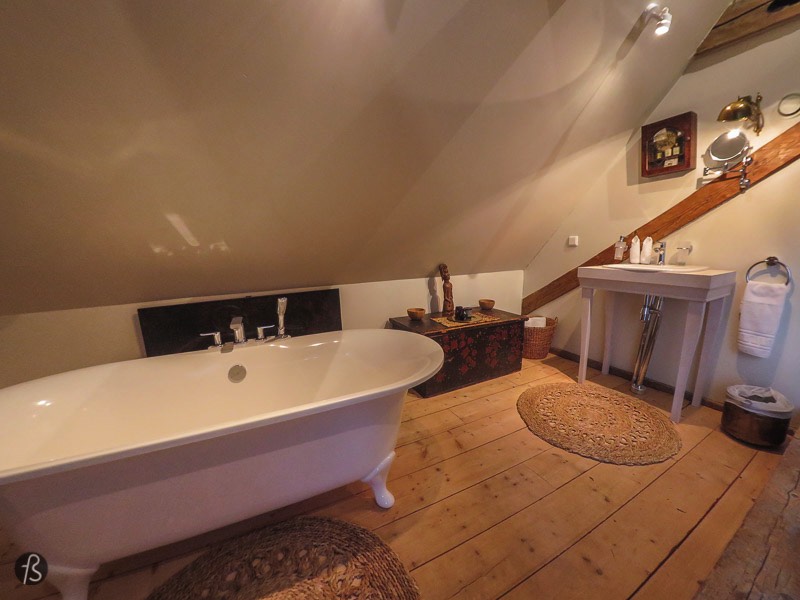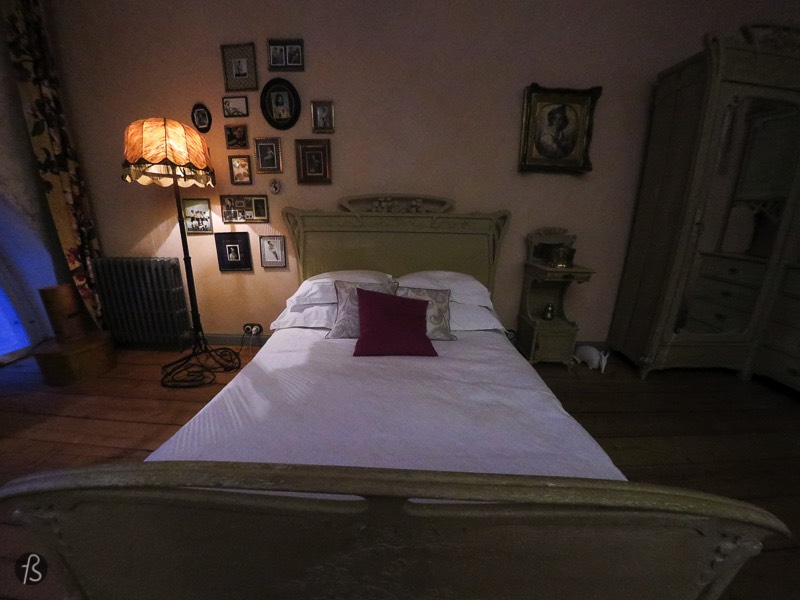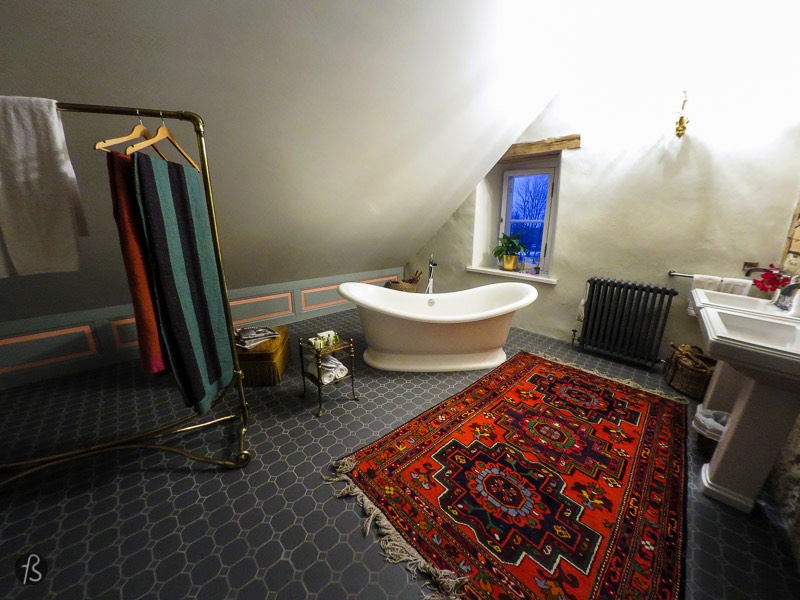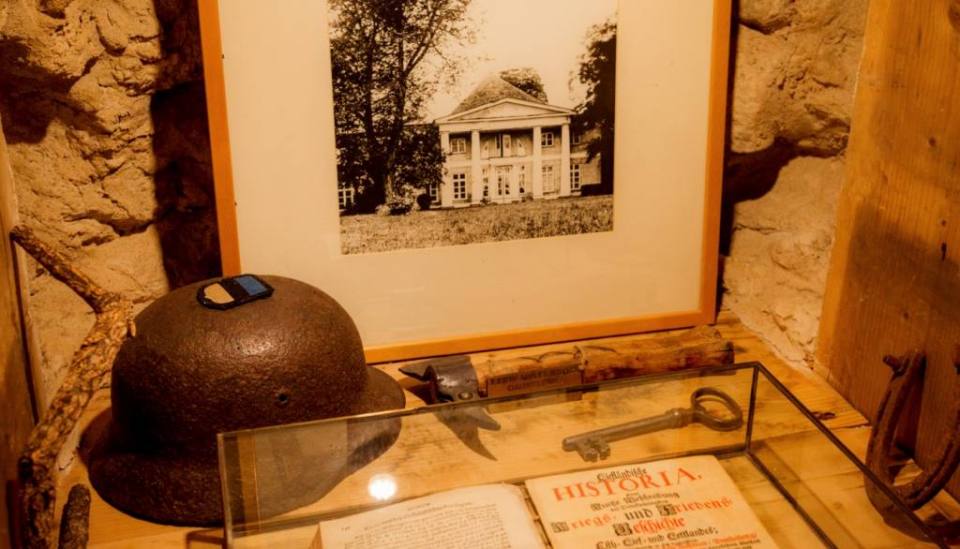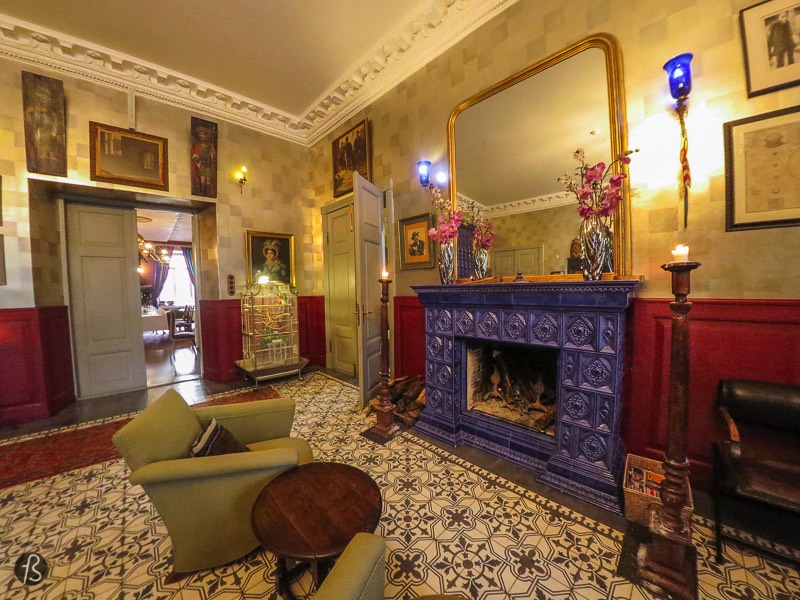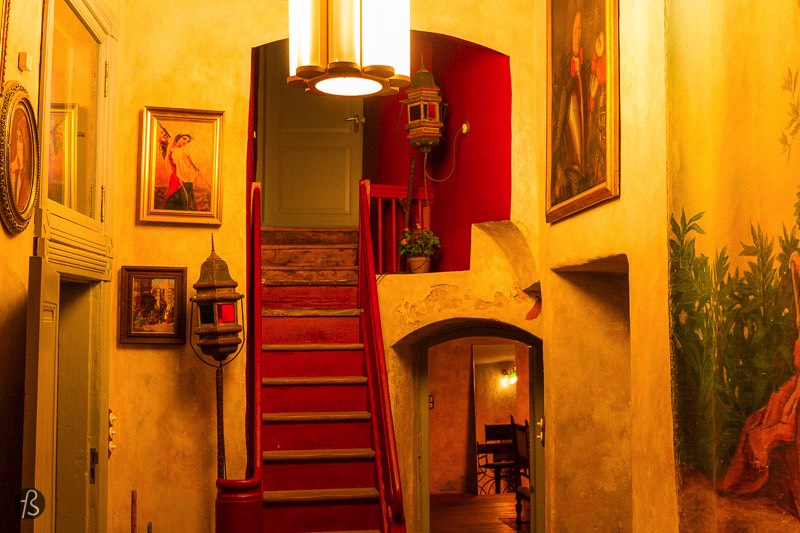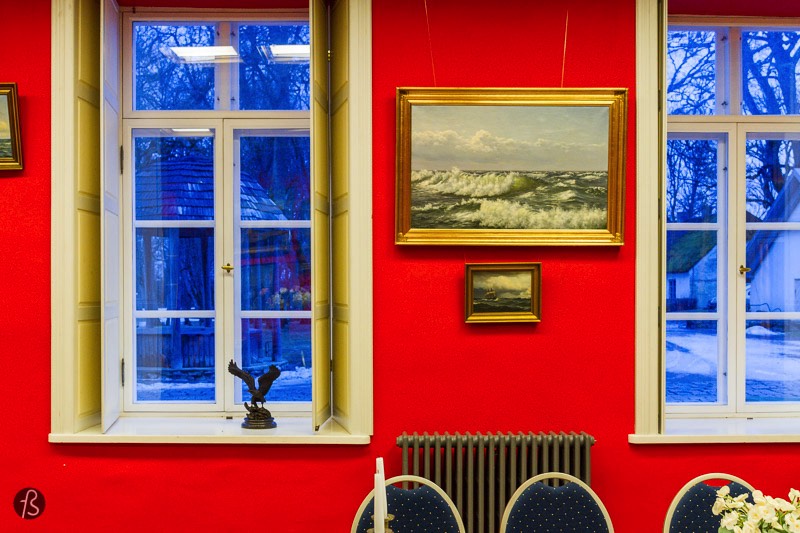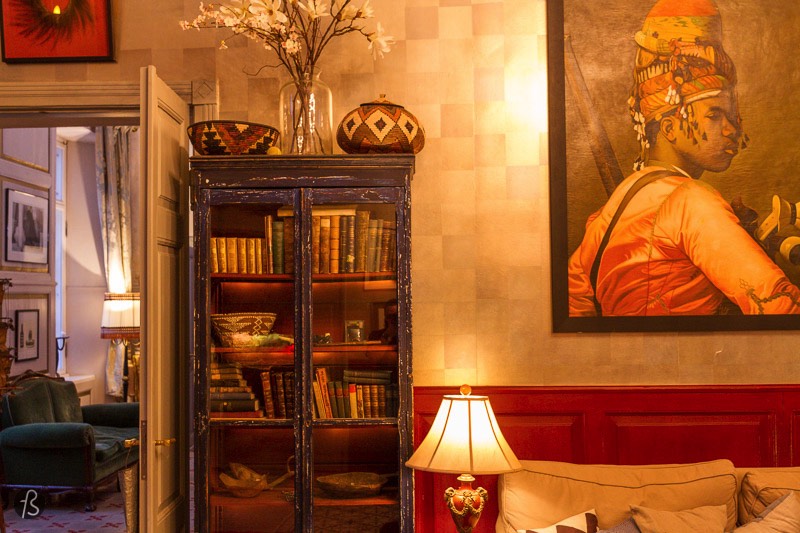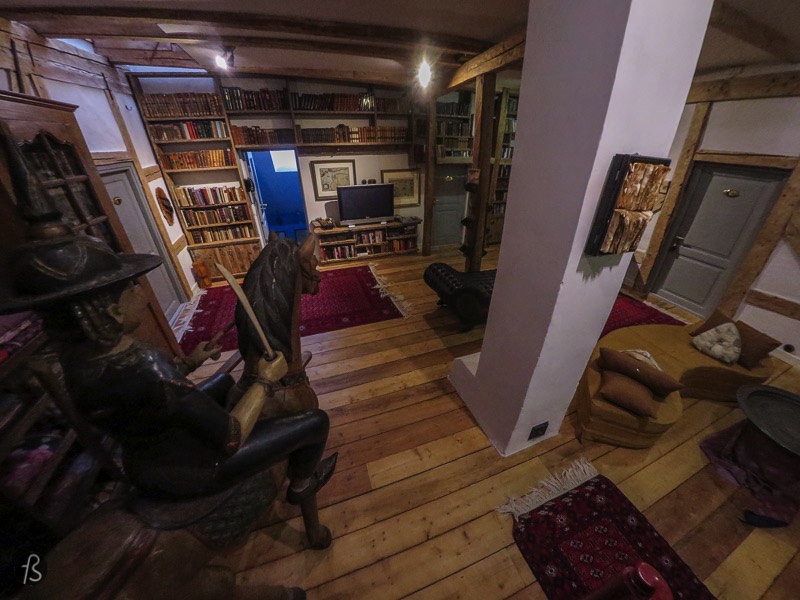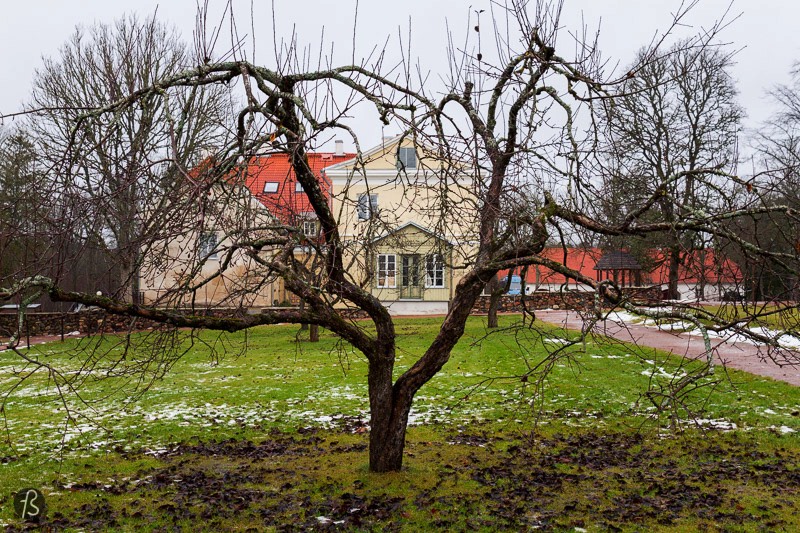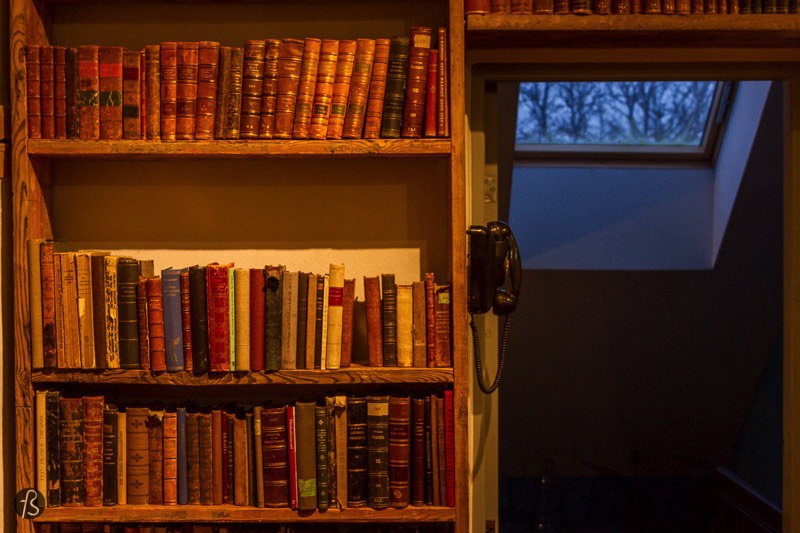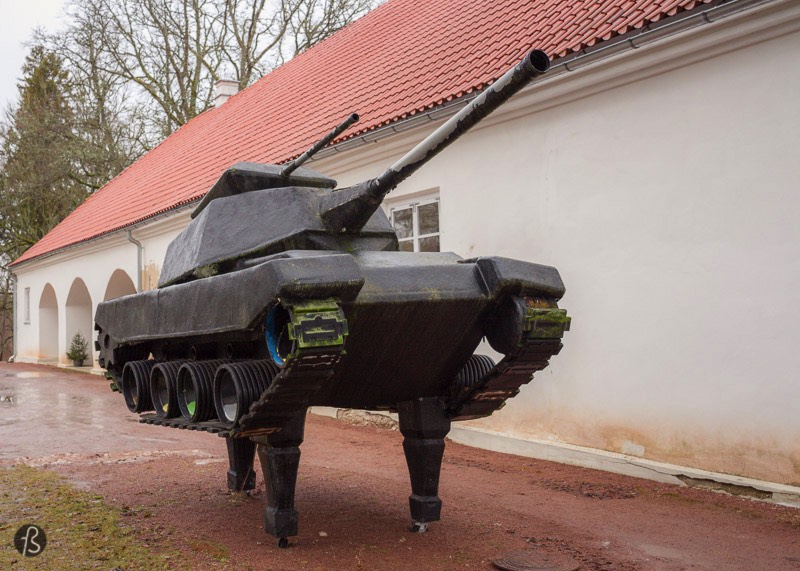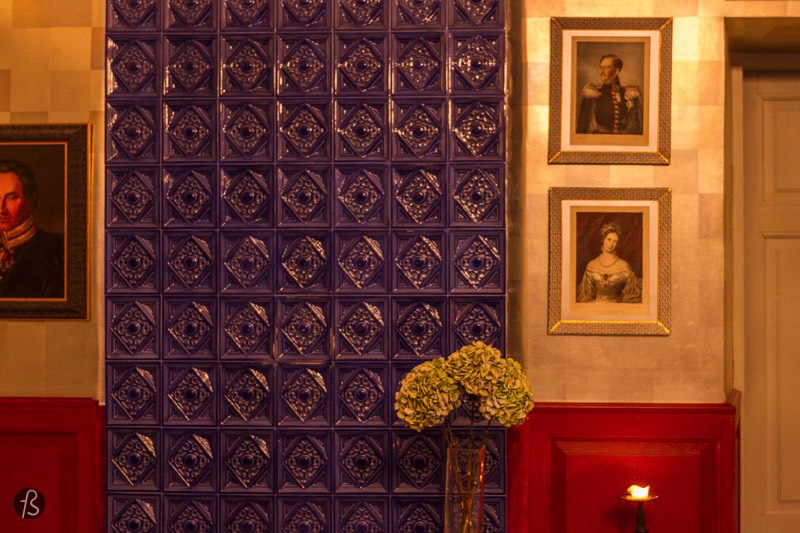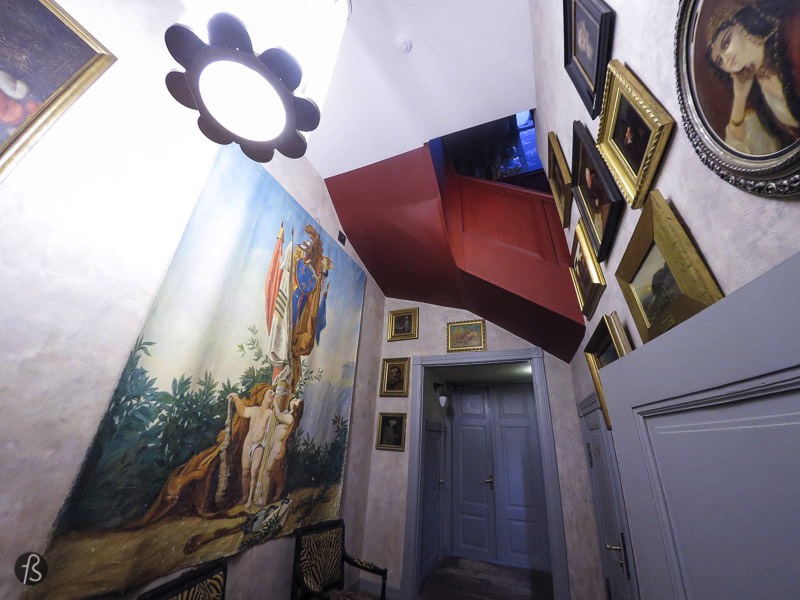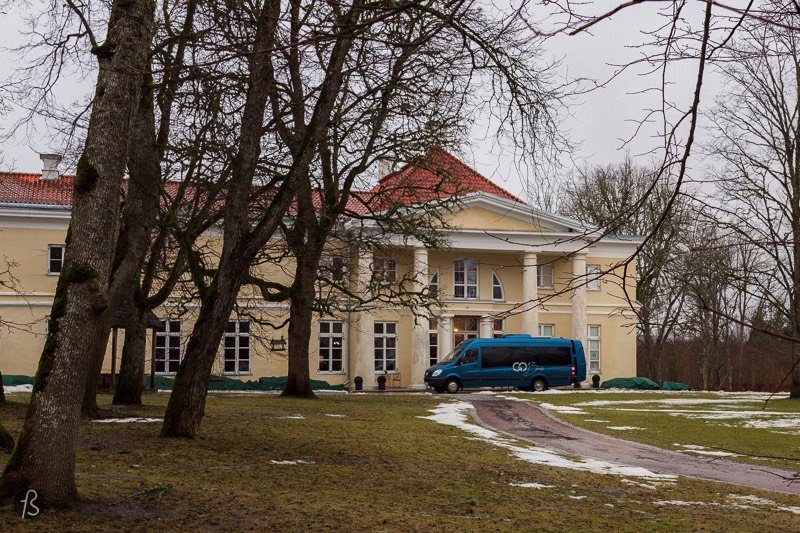Kau Manor used to be the best-kept secret in Northern Europe, but since it won the World’s Most Inspired Design Hotel award in 2016, this fantastic Estonian hotel has been in the spotlight. We enjoyed spending two days and one night there in January 2017, and our experience was beyond amazing. And you can read about it below.
Kau Manor is thirty minutes from Tallinn, in the Estonian countryside. This boutique hotel is more than just a place to spend the night.
Kau Manor is a nature reserve, art and design academy, an architectural example of what can be done to a building that has seen better days and is a part of Estonian history.
Besides that, there’s a fabulous gourmet restaurant and meeting room, making it a perfect location for those who need the ideal location for group events. But we see Kau Manor as the perfect place for a romantic escape from the city. Based on the pictures here, there is no way you’ll disagree.
The most beautiful room we had ever stayed
When we remember Kau Manor, the first thing that comes to our mind is how wonderful my bedroom was. We’re there as a part of a group of bloggers exploring Estonia, and during our bus ride there, we selected a room at random. We only got a word, Batak. And it didn’t make sense to us until we stepped into the Batak room, where we would spend our night.
The Batak Suite can be found on the highest floor of the manor, with windows overlooking the gardens and a bathroom with a bathtub that made me want to stay there for way longer. The room feels like a trip into an Asian country we couldn’t name. There are masks all around the room, hanging lanterns give a relaxed feeling, and silk carpets go from the ceiling to the floor. We have been to several hotels with Fotostrasse, but nothing close to what Kau Manor showed me.
The room where we spent the night wasn’t the only one that was special. In the main house at Kau Manor, you can find ten different rooms that vary in size and decorations. These are the most luxurious rooms available at the manor, and they are decorated with antique furniture and beautiful artwork that give a unique feel to everything.
This unique feel to Kau Manor might come from the place’s history. And history is a pretty important feature for this hotel since, if it weren’t for it, Kau Manor wouldn’t exist. Let us explain.
Kau Manor a place with a history
Kau Manor was first mentioned back in 1241 in a Danish evaluation book, Liber Census Daniae. The walls are thick and irregular, suggesting that the building was some medieval stronghold in Estonia. The first known owner of the manor was a vassal to the Danish King Gerhardus de Kouwe. But no one knows what happened to his family. Some historians believe that it has something related to the 1343 uprising of St. George’s Night.
Kau Manor is more than a countryside boutique hotel. Much more than that.
After this, the manor was home to many people, from warriors to artists, explorers to statesmen. Heinrich Dücker was a warlord that owned the place during the Livonian War in the 16th century. Tonnies Wrangell, from the Estonian Noble Corporation, lived there a few years later.
In the 19th century, Estonian explorer Otto von Kotzebue called the place home. In the 1930s, the house belonged to Estonian War of Independence hero Colonel Karl Laurits. But, in the seventies, the house was abandoned and left to rot for several years.
Everything changed in 2007 when Eerik-Niiles Kross and Mary Jordan acquired the manor house. They were intrigued by the place’s history and decided to breathe some new life into this part of Estonian history.
Another interesting part of Kau Manor is the restaurant Eight Legs, named after its unique porcelain octopus-shaped chandelier that is hard to ignore as it stands above the room.
We even heard a story that Quentin Tarantino has a similar one in his house, but… Who knows for sure?
Eight Legs is located in the most prominent room of Kau Manor, and during the summer months, it spreads tables into the terrace. We had dinner there and ordered octopus, which was unbelievable. Their menu is based on local ingredients and made with extra love, and it shows everywhere.
Now that we have convinced you to travel to Estonia and stay at Kau Manor let’s discuss the facilities. Kau Manor has 20 guestrooms, each with a name inspired by Otto von Kotzebue’s life of travel and exploration.
All room rates include breakfast, and you can also relax in the sauna or swim in the indoor pool. You can take your pets with you there, and there is free wifi in the entire building.
Kau Manor
75019 Triigi, Kose Parish
Harjumaa, Estonia


